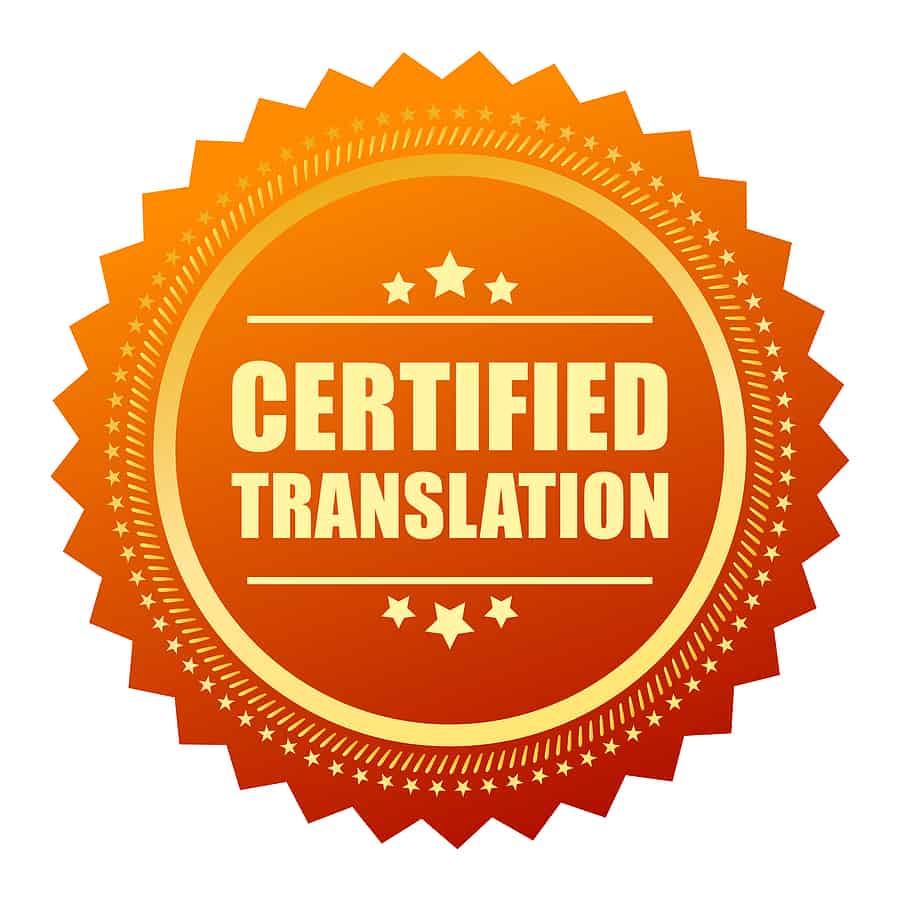
#Certified and notarized translation professional

Legal documents required for court cases that are not written in English.
#Certified and notarized translation trial
An example would be a trial transcript or evidence that is available in another language. It is the reason why government and legal bodies always require the submission of certified translations.įor all types of legal paperwork, a certified translation is most likely to be required. Only when the translation has passed quality checking will it be certified.Ī certified translation provides a legal record. It is a standard for the translation company to have an editor proofread the final translation. Reputable translation companies usually assign translation work that needs certification to their most qualified and highly experienced translators. A signed Certificate of Accuracy is included in the completed translation when submitted to the client. Instead, it is a translation that a qualified LSP or translator certifies to be an exact and accurate translation of the original or source document. On the other hand, a certified translation does not need to be done by a certified translator.


When a professional translator passes an exam and is certified by the Translators Association or other organizations, he or she is called a certified translator. These include marriage, death or birth certificates, adoption agreements, supporting documents for immigration, court transcripts, service agreements or business contracts that are not written in the official language of the country where the documents are to be submitted.ĭo not get confused between a certified translator and a certified translation, as these terms are also different from each other. What is the difference between a notarized and a certified translation? It is a question often asked by people not familiar with translation or the specific type of translation required.Ī certified translation means that the translator or the language service provider (LSP) has issued a signed statement declaring that the translation that has been done is an accurate and true representation of the original document.Ĭertified translations are normally required when submitting legal documents. The fact is that there is a huge difference between notarized translation and certified translation. Some actually think that they are the same. Many people are still confused about certified translation and notarized translation. What’s The Difference Between a Notarized and a Certified Translation?


 0 kommentar(er)
0 kommentar(er)
